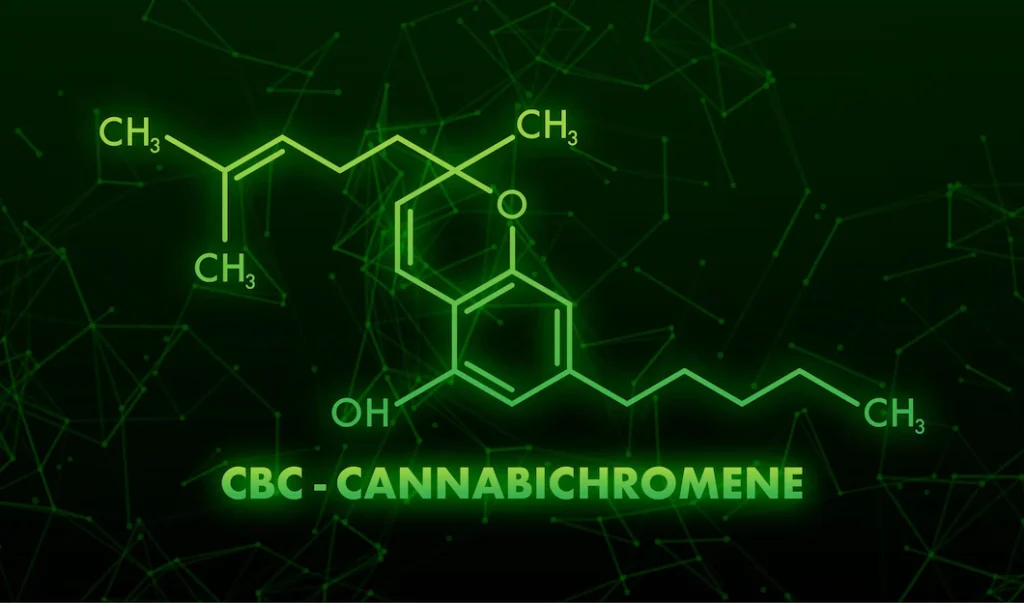
The Physiology of Happiness
By: Marielle Weintraub, Ph.D. and Gabriel Ettenson
February 2, 2021
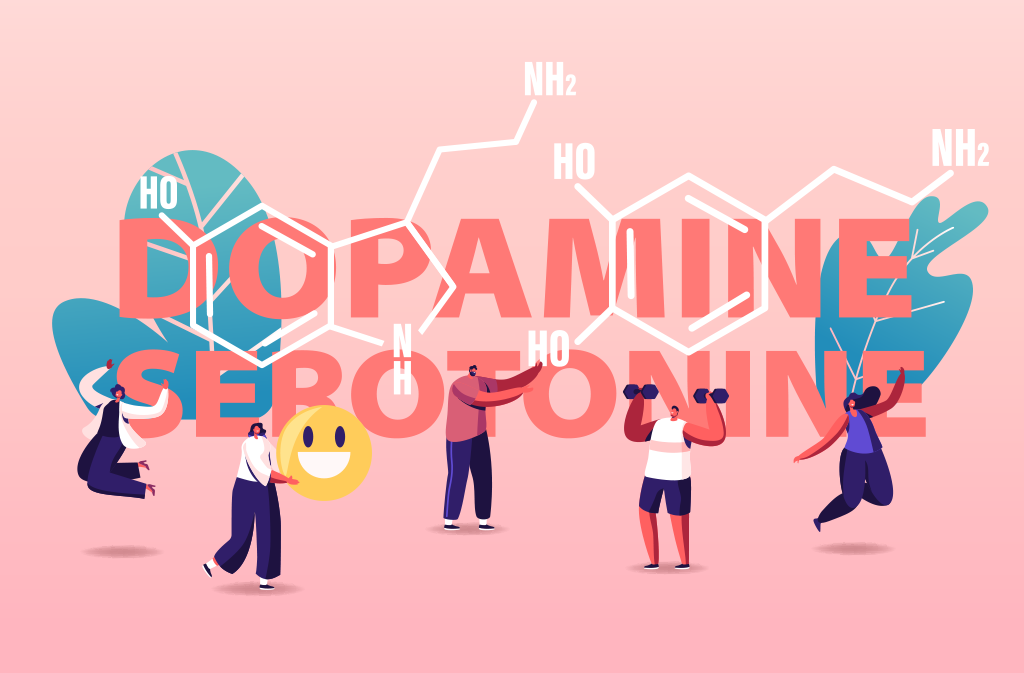
In today’s Discover Zilis™ Blog, our Senior Innovation Strategist, Gabriel Ettenson, and Director of Scientific Research and Development, Dr. Marielle Weintraub, discuss both the physical and chemical characteristics of happiness.
According to the 2021 World Happiness Report (yes, that’s a thing), the United States currently ranks 19th in global happiness.1 Not bad when compared to the entire world, but admit it, you probably expected at least the top 10 given the accessibility Americans have to all that their hearts desire. So, with room to increase our ranking, many have recognized the clear opportunity to build new businesses around the idea of increasing the consumer’s level of happiness. Whether it is selling a pleasurable experience, a product that promotes actions within the various chemical pathways in the human body responsible for feeling happy, or a self-help book telling people the trick to happiness is based on “not giving a f*ck,” there is a clear demand for people to find a vehicle (or multiple vehicles) through which they can access a stable, elevated mood; a stronger feeling of contentment, and the general ability to find more meaning in life, their relationships, or their career paths.
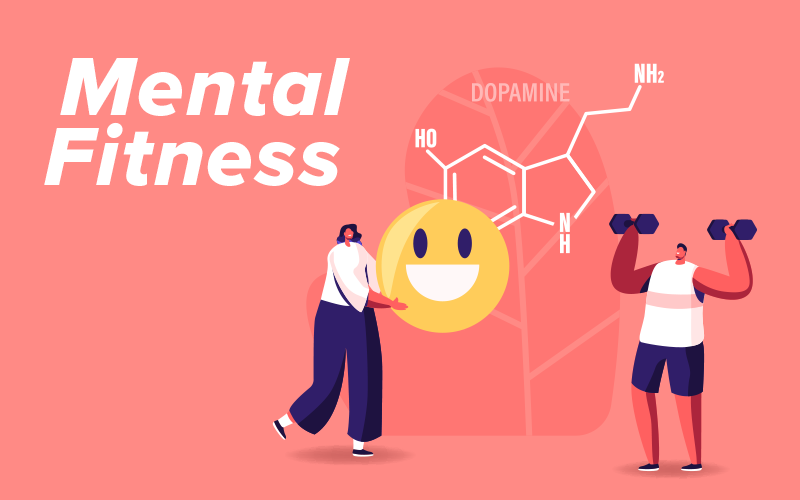
In my opinion, the search for happiness points toward a strong need to focus on the importance of building mental fitness and improving one’s ability to navigate the increasing challenges of their day-to-day existence. It may also emphasize the fact that our excessive focus on physical fitness over the last several decades has mostly missed the mark. Despite having so many options to help us look better, younger and fitter, not many people are correlating this with actual improvement in the joy they are experiencing in their lives.
So, how do we start building mental fitness? Well, first is to understand the physiology of happiness; the physical and chemical processes that occur in our brains which cause us to “feel” the emotional and mental state of “being happy.”
Unfortunately, understanding the science behind various concepts can sometimes ruin the glamour or “magic” of those concepts. There is even a science-based meme, shown below, discussing neurotransmitters as the reason for happiness, and it’s the truth.
Dopamine and Serotonin are two neurotransmitters, or chemical messengers, used by the central nervous system to “communicate” and regulate countless functions and processes throughout our body.
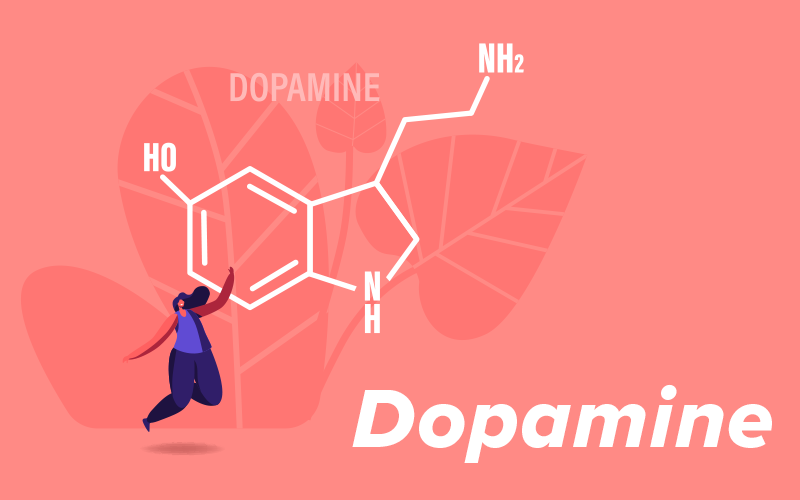
Dopamine plays a large role in motivation and reward. Nearly all pleasurable experiences, from acing a presentation to the excitement felt when gambling, involve the release of dopamine. That elevated state, a feeling of being at the top or a rush of excitement, is from dopamine. Having dopamine levels in balance is vital for both physical and mental wellbeing. An imbalance in your levels of either neurotransmitter can have effects on your mental health as well as negatively affect other functions in your body.
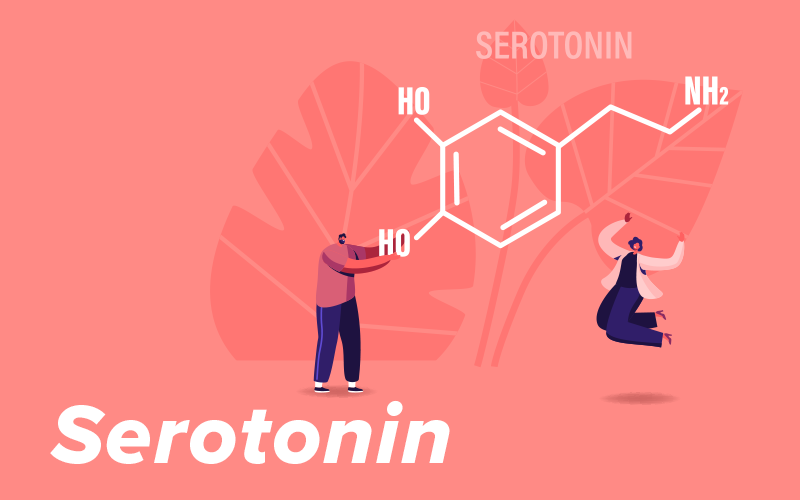
Serotonin, also known as 5-hydroxytryptamine (5-HT), is the key neurotransmitter (sometimes considered to be a hormone) that naturally balances our mood, feelings of happiness, and overall well-being. When 5-HT levels are balanced, people feel more focused, mentally stable, elevated in their mood and calmer.
These neurotransmitters, however, do more than just make you feel happy and motivated. In fact, your gut contains about 95% of your body’s 5-HT2, and in addition to your mood, has been shown to influence gastrointestinal (GI) activity and sleep. That “gut feeling” you get when you know something isn’t right, well, it’s real. Your GI system and your brain communicate with each other through neurotransmitters, including serotonin, via the vagus nerve (a two-way communication superhighway connecting the brain to the gut) known as the gut-brain-axis.
The neurotransmitters mentioned above engage with the body by binding to neurotransmitter receptors. There are numerous serotonin receptors found in both the central and peripheral nervous systems3 and evidence suggests that cannabidiol (CBD) can bind to and activate some of these receptors such as the serotonin 1A receptor (5HT1A).4,5 One recent study demonstrated that CBD activation of 5HT1A had the potential to induce anxiolytic effects.6 In addition, other studies have demonstrated the impact CBD can have on serotonin levels. One study demonstrated how CBD appeared to reduce the degradation of the amino acid tryptophan (used by the body to make 5-HT), thus leading to possible increases in serotonergic levels.4
The more we study hemp-derived compounds, the more interactions we begin to uncover. In this case, we can describe how CBD can bind to the receptors of, and augment levels of, one of our most important neurotransmitters for positivity, serotonin. The idea that compounds derived from a plant could match our biology so perfectly, and lead to positive changes in our mood, is riveting to me and is why continued research to uncover all of hemp’s possibilities is so important.
References:
- https://worldhappiness.report/ed/2021/happiness-trust-and-deaths-under-covid-19/
- Gershon M. D. (2013). 5-Hydroxytryptamine (serotonin) in the gastrointestinal tract. Current opinion in endocrinology, diabetes, and obesity, 20(1), 14–21. https://doi.org/10.1097/MED.0b013e32835bc703
- Hoyer, D., Clarke, D. E., Fozard, J. R., Hartig, P. R., Martin, G. R., Mylecharane, E. J., Saxena, P. R., & Humphrey, P. P. (1994). International Union of Pharmacology classification of receptors for 5-hydroxytryptamine (Serotonin). Pharmacological reviews, 46(2), 157–203.
- Jenny, Marcel, et al. “The potential role of cannabinoids in modulating serotonergic signaling by their influence on tryptophan metabolism.” Pharmaceuticals8 (2010): 2647-2660.
- Russo, E. B., Burnett, A., Hall, B., and Parker, K. K. (2005). Agonistic properties of cannabidiol at 5-HT1ANeurochem. Res. 30, 1037–1043. doi: 10.1007/s11064-005-6978-1
- 6] Martínez-Aguirre C., Carmona-Cruz F., Velasco A.L., Velasco F., Aguado-Carrillo G., Cuéllar-Herrera, M., Rocha, L., (2020). Cannabidiol Acts at 5-HT1A Receptors in the Human Brain: Relevance for Treating Temporal Lobe Epilepsy. Frontiers in Behavioral Neuroscience, 14; 233, DOI 10.3389/fnbeh.2020.611278.
About Zilis’ Scientific Research & Development Department
Our Scientific Research and Development Department is headed up by Dr. Marielle Weintraub, a hemp industry expert. She holds a master’s and a PhD in Behavioral Neuroscience and is very active in many dietary supplement and hemp industry trade associations, including her role as the current President of the U.S. Hemp Authority. Dr. Weintraub is committed to the continued development of hemp-specific information and testing to fulfill the Zilis mission.
Zilis is the creator of UltraCell™, a CBD oil product derived from hemp. Based in Argyle, Texas, a suburb of Dallas-Fort Worth, Zilis is privately held. Visit zilis.com for more information.
SHARE THIS POST
ABOUT THIS BLOG
Discover : The blog with the lifestyle, nutrition, science, and history of the hemp industry.
It’s your go-to for the most up-to-date information on hemp, CBD, dietary supplements, and more! Check it out!






